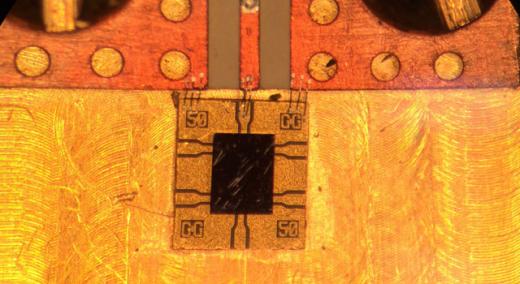Researchers at the National Institute of Standards and Technology (NIST) have used state-of-the-art atomic clocks, advanced light detectors, and a measurement tool called a frequency comb to boost the stability of microwave signals a hundredfold. This marks a giant step toward better electronics to enable more accurate time dissemination, improved navigation, more reliable communications, and higher-resolution imaging for radar and astronomy. Improving the microwave signal’s consistency over a specific time period helps ensure reliable operation of a device or system.
|
ADVERTISEMENT |
The work transfers the already superb stability of the cutting-edge laboratory atomic clocks operating at optical frequencies to microwave frequencies, which are currently used to calibrate electronics. Electronic systems are unable to directly count optical signals, so the NIST technology and techniques indirectly transfer the signal stability of optical clocks to the microwave domain. The demonstration is described in the May 22, 2020, issue of Science.
…

Add new comment